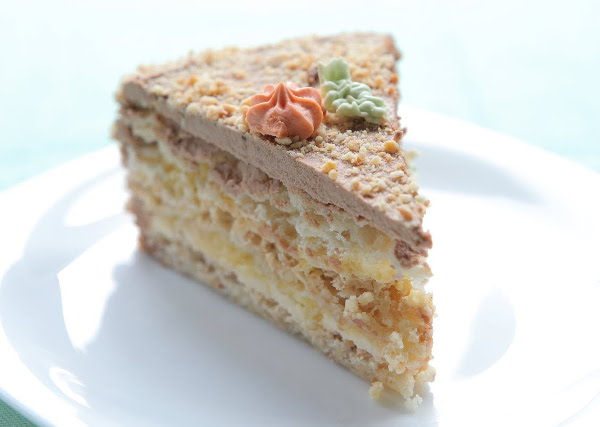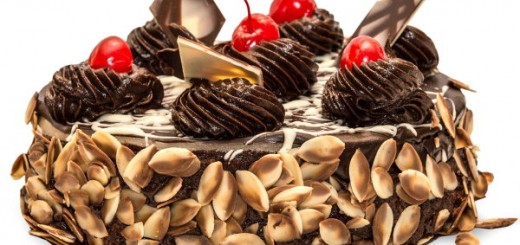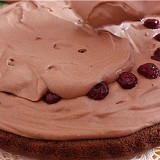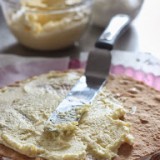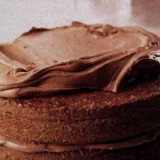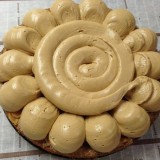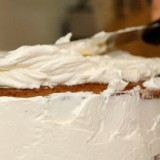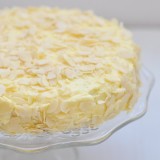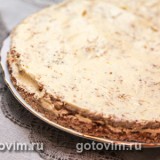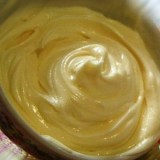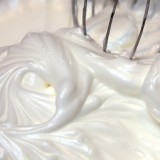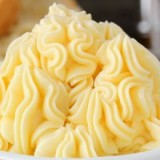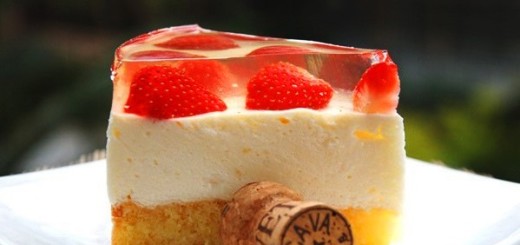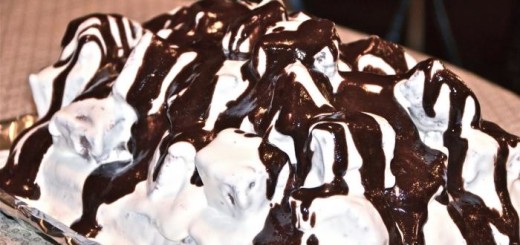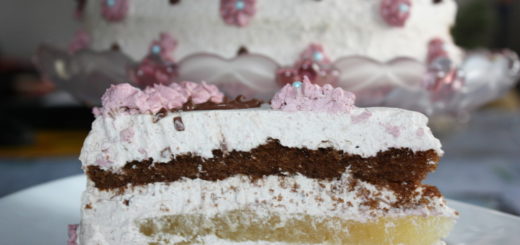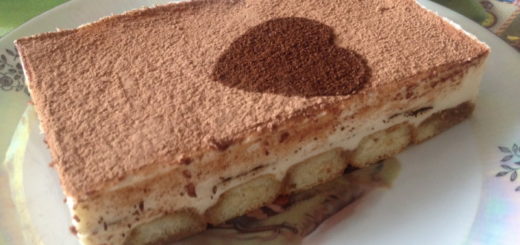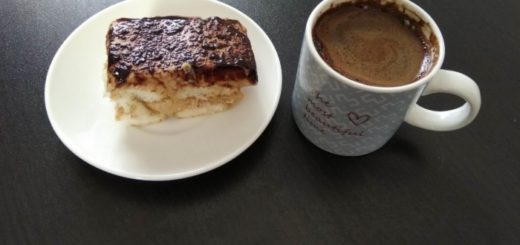Homemade cakes are simple and delicious - types, varieties, classification and design of cakes.
Cake is a popular type of dessert that is a type of pie. Some savory snacks are also called cakes. For example, liver cake is quite popular. In this case, the name "cake" indicates the external design of the dish: the layering of ingredients and the intricate, whimsical decor of the top layer.
The cake may consist of one or more cakes soaked in cream. From above, cakes are usually decorated with chocolate, confectionery cream, icing, fruits, nuts, candied fruits, etc. The decoration of cakes is traditionally given great importance.
First of all, skillful confectioners try to outdo each other in decorating cakes . Despite the fact that the cake is an extremely short-lived thing and is quickly destroyed by the guests to the last crumb, the craftsmen decorate the sweet dessert with jeweler's care, creating real masterpieces.
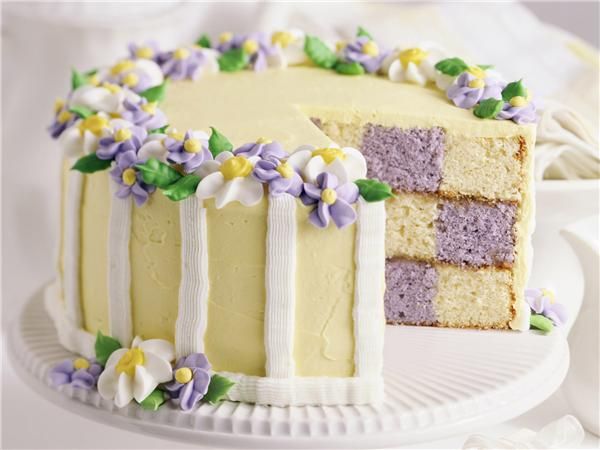
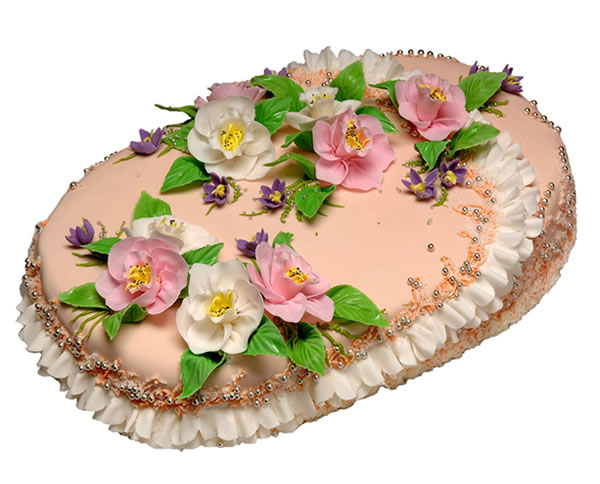
Photo. Homemade cakes - types and varieties.
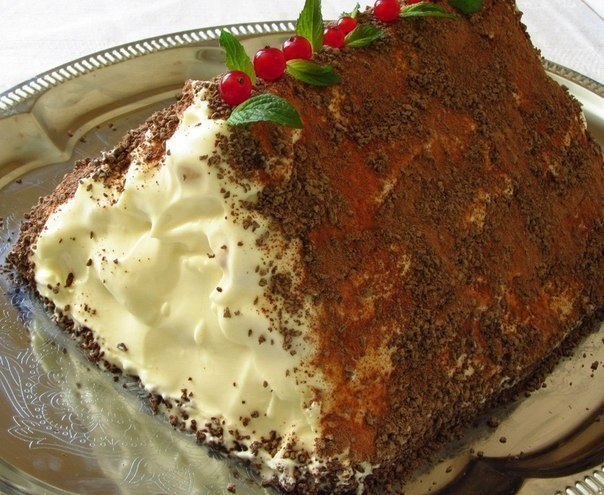
Most often, cakes are made in the form of a low cylinder, but they can also have a different shape: oval, rectangular, hemispherical, triangular, and whatever else. Some varieties of cakes, for example, the beloved Napoleon, are traditionally made rectangular and sold already cut into pieces, in the form of cakes. Cakes of a complex non-standard shape are also becoming increasingly popular: in the form of a heart, a book, a basket, a house, and various figures. They are usually made for special occasions and decorated according to the occasion. Let's say a heart-shaped cake would be very appropriate for Valentine's Day.
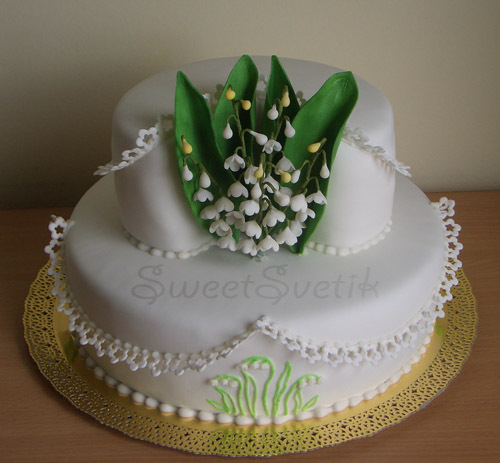
Photo. Unusual homemade cakes.
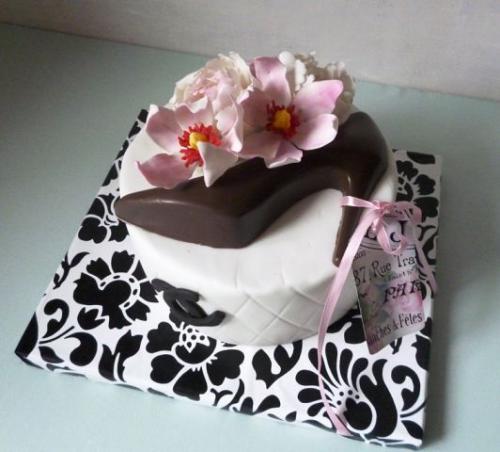
For the preparation of cakes, cakes are most often baked from biscuit or shortcrust pastry. The classic option is a combination of sand cake as a strong and reliable base and several biscuit cakes in addition to it. But sometimes waffle, and puff, and even yeast dough are used.
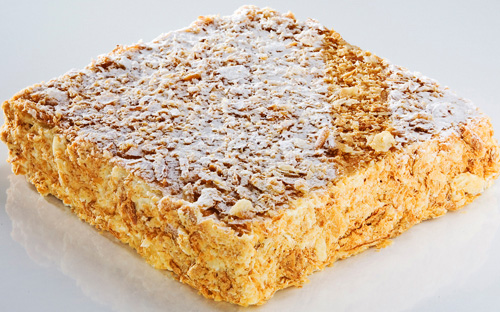
Photo. Layer cake Napoleon.
Each layer is smeared with cream or jam, and there are a lot of cream recipes for cakes: butter, sour cream, custard, cream based on whipped cream, and so on and so forth. They may contain a variety of flavors and aromas such as cocoa and coffee, vanillin, cinnamon, lemon zest. Additionally, layers of fruits or nuts are often laid between the cakes, and the cakes themselves are moistened with various alcoholic and non-alcoholic impregnations.
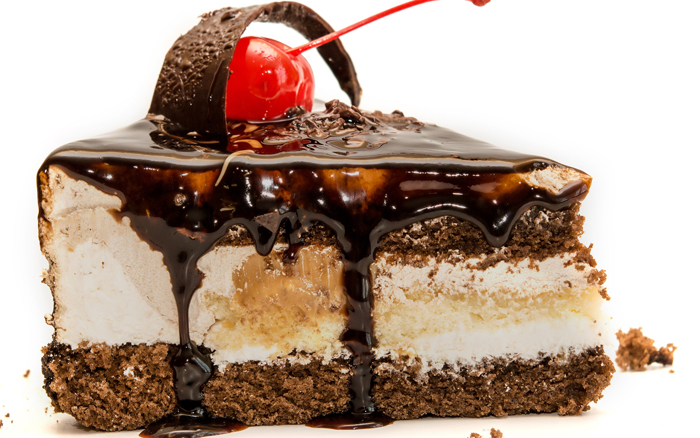
Photo. Homemade cakes with cream.
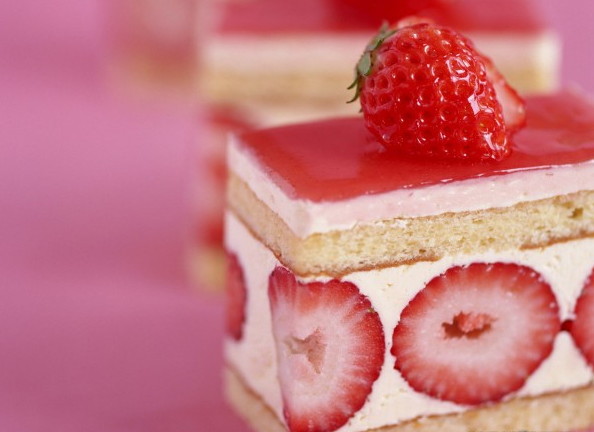
Cakes are decorated with cream (usually the same cream that is used to coat the cakes), creating whimsical curls and patterns similar to lace using a pastry syringe. Sugar glazes , plastic and obedient coatings of ganache and marshmallows have also found wide application. Additionally, cakes are decorated with figures made of chocolate, marzipan and the same marshmallow, pieces of fruit and berries, nuts, coconut, candied fruits and marmalade. The design, as a rule, is dominated by floral motifs, geometric patterns. Often cakes are decorated with various inscriptions, in accordance with the occasion of the celebration. However, there are also much more sophisticated types of decor. For example, the Italians even invented a way to print a portrait of the birthday boy on the surface of the cake. To some disappointment of the guests and the hostess, when cutting the cake into portions, the icing crumbles and cracks, the exquisite cream patterns are destroyed, and the decorative elements crumble from the surface. Therefore, if we bake a cake at home, it is best to carefully cut it in advance and only then decorate each piece individually.
The classification of cakes is different: according to the type of dough, cream, according to the assembly method. According to the assembly method, the following types of cakes can be distinguished:
1. Whole cakes.
In fact, these are sweet pies. Varieties without filling are baked from Easter cake dough. They do not have a layered structure and are only decorated on top with icing, fruit, and chocolate. We all bake this type of cake for Easter even though we don't call it that. Varieties with filling are made on the basis of yeast dough and baked with nuts, jams, honey. Make them closed or semi-open. This type of cakes, which appeared in the East, is probably the oldest.
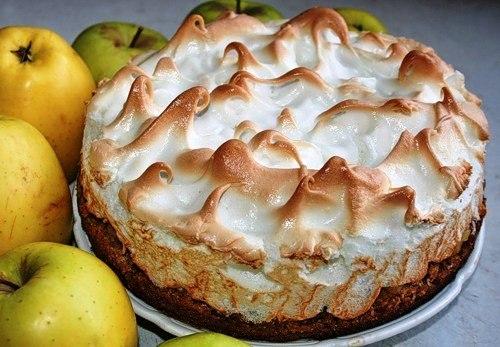
2. Italian cakes.
Cakes of this type consist of a pastry bottom, walls and sometimes also a lid, as well as a filling. At the same time, the dough parts are baked separately, and the filling is prepared separately. Sometimes, an already assembled cake is repeatedly subjected to a short heat treatment in order to fuse together its parts.
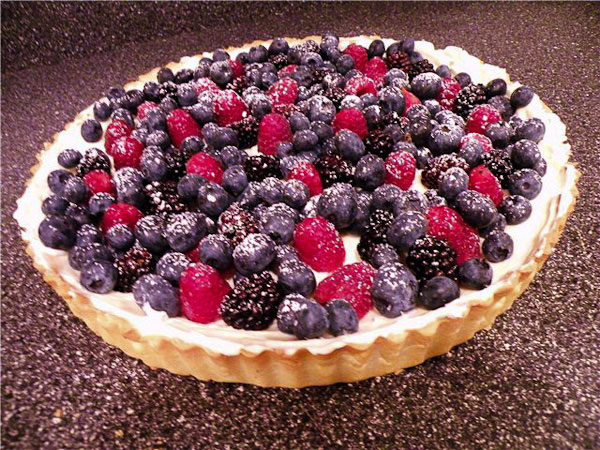
3. Prefabricated cakes.
We are well acquainted with them. With all the variety of recipes, they all consist of layered cakes and cream.
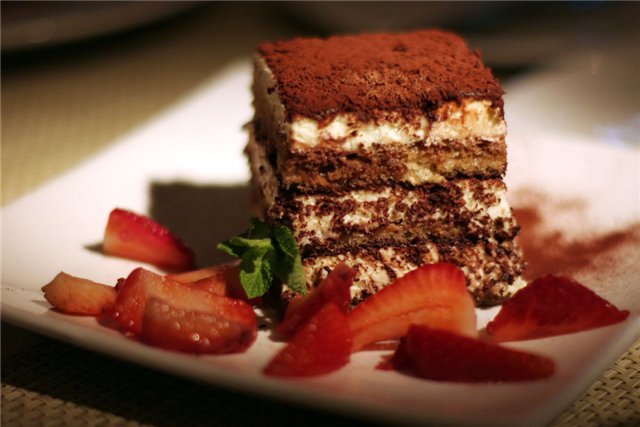
In turn, among the national teams, too, the following types of cakes can be distinguished.
French cakes.
Despite the Italian origin of cakes, it was France that for a long time was the trendsetter in culinary fashion all over the world, many confectionery terms are of French origin, so it is not surprising that French-type cakes are also widespread in our country. They are made on the basis of biscuit or puff pastry, often with various flavors (almonds, coffee, cocoa). In this case, the biscuits are cut into three layers and soaked in syrups with the addition of rum or cognac. Each layer is smeared with cream , marmalade or jam. Thin and airy puff pastry cakes do not need tranching and impregnation. The cream is applied to them without pre-treatment and under its influence the cakes gradually soften themselves. However, such cakes should stand for at least six hours in order for the dough to soak.
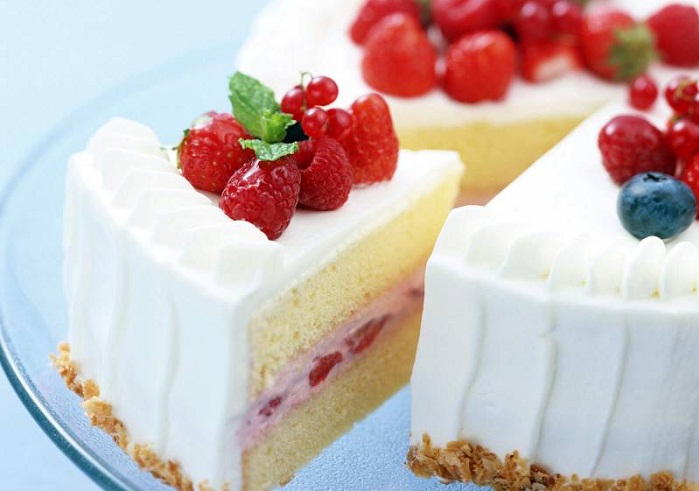
Viennese cakes.
In many ways, they are similar to French ones, but they use Viennese yeast dough as the basis. The layers are smeared with whipped cream, and milk and milk-chocolate mixtures are used as impregnation.
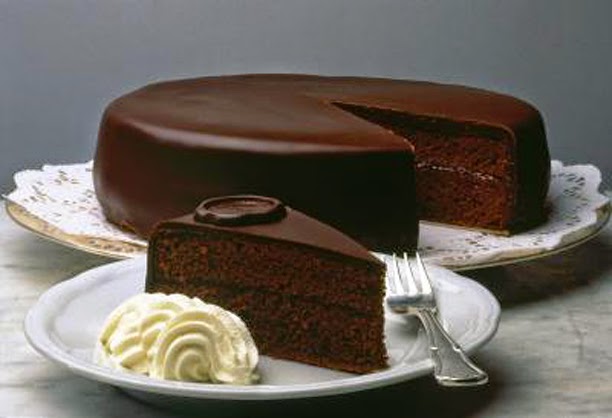
Wafer cakes.
They are made from wafer cakes smeared with chocolate or coffee ganache. Wafer varieties of cakes contain almost no moisture and therefore can be stored for a very long time, they are convenient to transport. But unfortunately, they do not impress with a special variety of tastes and do not differ in tenderness and airiness.
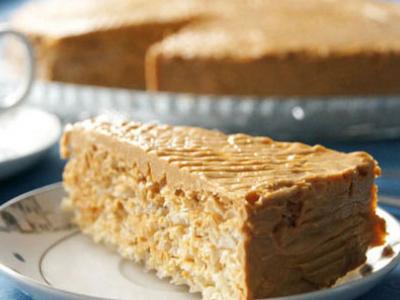
Sand cakes.
They are made from cakes based on shortcrust pastry, each cake is smeared with sweet cream, fruit and berry or marmalade mass. On top of the cake is decorated with oechs, icing and cream swirls.
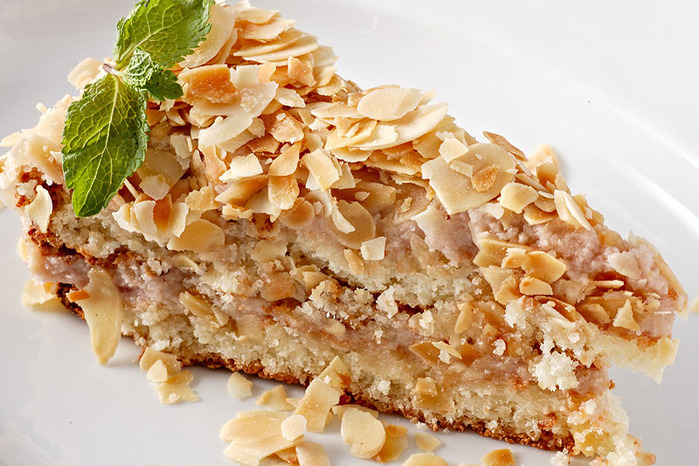
Liquid cakes.
They were invented in the UK. A layer of biscuit dough is placed on the bottom of a deep glass or porcelain dish, and then the container is filled as loosely as possible with biscuit trimmings and pieces of cookies. All this is poured with cognac syrup, then liquid marmalade, and finally, butter-egg cream. On top of the cake is decorated with candied fruits and nuts and left to stand in the refrigerator for a day. The liquid cake embodied all the characteristic features of English cuisine. Simplicity and naturalness, the neglect of external effects and the rejection of embellishment - all this is so British. As if the inhabitants of Foggy Albion, competing with the French, decided to make their own contribution to the history of the cake and create something directly opposite to the artsy French desserts. At the same time, British confectionery products are in no way inferior to other types of cakes.
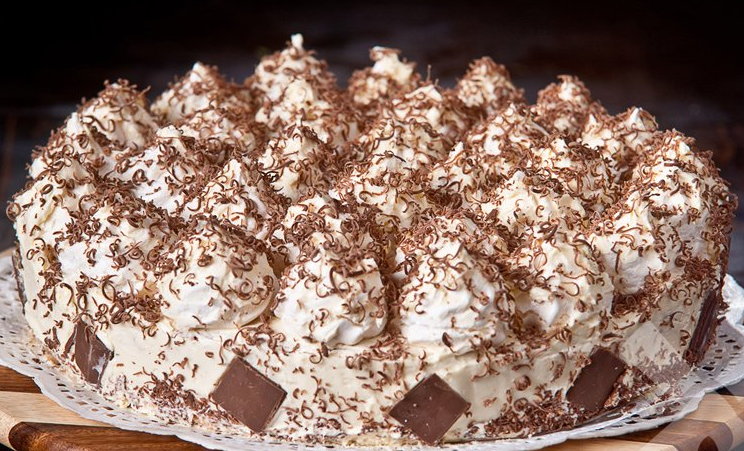
Creative cakes.
They are not only tasty, but also useful. This type of confectionery is baked from sweet curd mass with the addition of flour and agents that increase the germination of the dough (cremortartar, soda, baking powder). May contain pieces of fruit. It is topped with a frosting of egg whites whipped with sugar and then decorated in the same way as a regular cake. Making cottage cheese cake at home is quite easy.
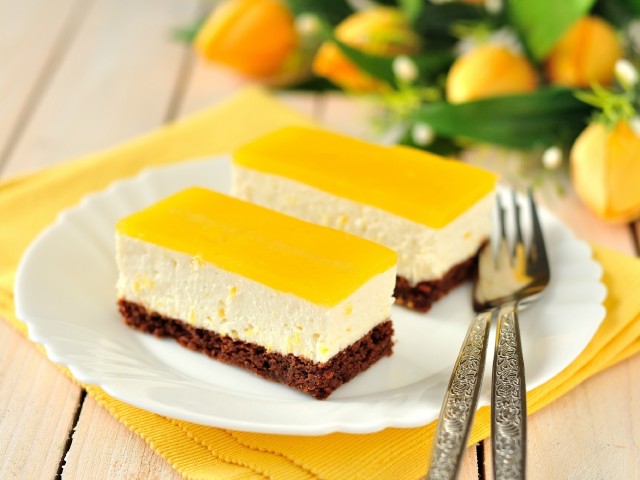
Traditionally, cake is a formal, festive dish that is served on the table on special occasions. Therefore, the design of cakes, their appearance is crucial. It is not surprising that the names of cakes rarely reflect the composition and features of the preparation of the product, because this is secondary. Much more often, the manufacturer assigns beautiful, poetic names to cakes that have nothing to do with cooking: “Youth”, “Fairy Tale”, “Anniversary”, “Gift”, “Kiev”, “Prague”, “Tenderness” and many many other delicious, sweet confectionery.
